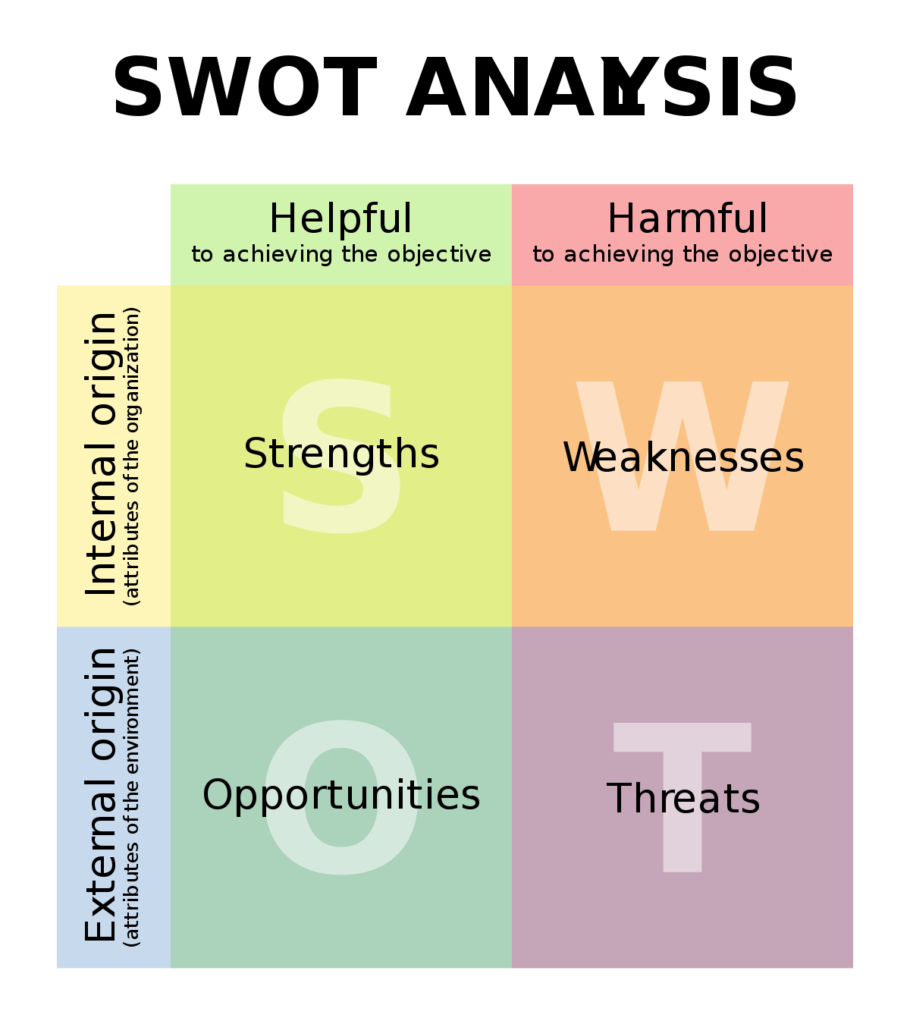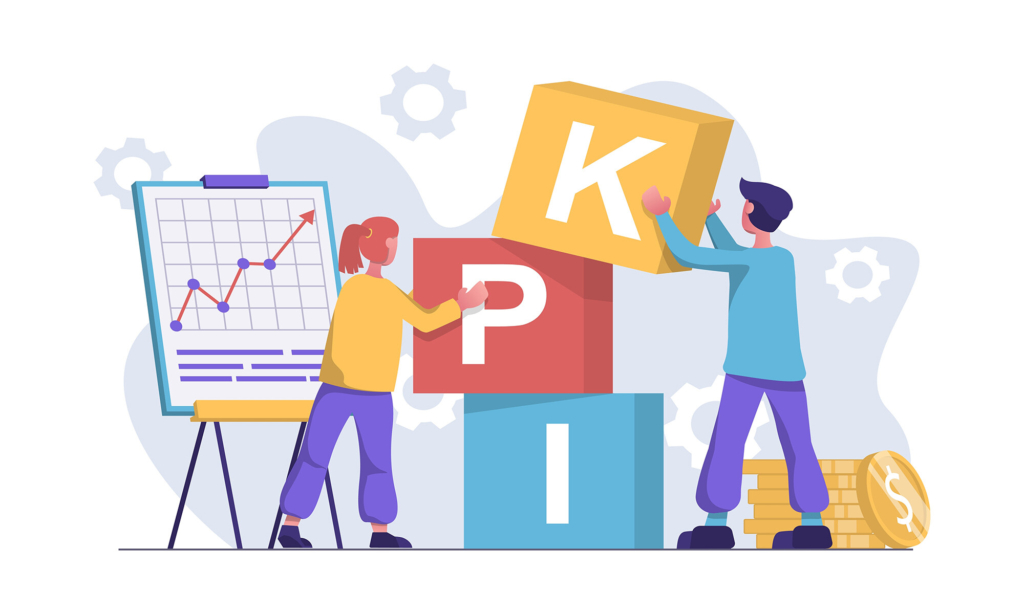A Marketing Plan is a document that describes how your company will reach your target market. You need to identify your ideal customers, and then develop a plan on how to reach them.
Your plan will also include your distribution and delivery strategy, which outlines how you will sell your products and services.
For example, you can sell your products and services through online retailers, or directly to the consumer.
This plan will help you determine which marketing resources to allocate and which messages to convey to these potential customers.
SWOT analysis

Developing a SWOT analysis for your marketing plan can help you identify your strengths and weaknesses, as well as opportunities and threats.
The analysis can be done for your entire company or for a particular department. It can be a great way to keep your business up to date with the latest developments in the digital world, as well as provide a useful tool for staff members to make strategic decisions.
When conducting a SWOT analysis, remember that your company’s strengths and weaknesses are often what will help you succeed.
This includes any assets or investments that you have and the skills of the people who will be working on your marketing plan.
For example, a company with a well-known brand name can draw on its reputation. Using its name to boost advertising and promote its products is an excellent way to create brand awareness.
It’s also important to look at the skills of your marketing team to identify the best strategy.
Once you’ve identified your strengths and weaknesses, you can turn your SWOT analysis into actionable goals.
For example, you may decide to target a new market segment and look into different ways to raise capital to grow your business.
Another good use case would be to explore a new technology or enter a new niche. The more specific your use case, the more useful your SWOT analysis will be.
In addition to strengths and weaknesses, a SWOT analysis can also identify opportunities and threats.
By considering these four aspects, you can develop a strategic plan that is based on the most relevant information.
You can also use your SWOT analysis to prioritize your work. This way, you’ll know which areas need the most attention and where you can improve.
External factors such as new competitors can also affect the success of your marketing plan.
If you fail to take into account these potential threats, you may end up with blind spots that your competitors will exploit.
KPIs

In a marketing plan, you should consider implementing KPIs, or key performance indicators, that measure how well your marketing efforts are doing.
For example, you should measure customer satisfaction. A survey that asks customers and clients how satisfied they are with your services or products is a great way to get insights into the way your customers feel about your company.
After all, knowledge is power. In addition to measuring customer satisfaction, you should also measure the performance of your marketing campaigns in terms of their return on investment.
Your marketing team needs to measure the impact of every campaign on your business.
Ideally, each campaign should move your company closer to its goals. Fortunately, most businesses generate a lot of data that they can use to improve their marketing efforts. In fact, Google Analytics provides so much information that a business could spend days studying it!
A good marketing strategy is based on strong metrics at all stages of the customer’s lifecycle.
Whether you are targeting a small audience, building a large customer database, or engaging a large audience, it’s important to have strong KPIs in place to measure the success of your marketing initiatives. You can also use these metrics to gauge your company’s overall organic strategy.
Ultimately, the key to effective marketing is to define SMART goals. Your goals will help you choose KPIs that are relevant to your business goals.
For example, your goals will be more meaningful if you use conversion metrics to measure the success of your marketing efforts. Make sure that each KPI has a clear purpose and is linked to a specific objective.
Tracking the performance of individual pages on your website is a useful way to learn what works and which doesn’t.
Social media users are often engaged with your content, and you should monitor these to refine your content strategy and target the most prime customers.
Once you identify these KPIs, you can compare the results to your overall goal to see which pages perform the best.
KPIs depend heavily on budget. Your clients will have an idea of what they expect from a campaign.
So it’s not easy to pin down a specific number. For instance, a P500 spend on 20 conversions won’t do much good if the conversion rate is only four percent.
Budget
A marketing budget is a key part of a marketing plan because it tracks the amount of money your business needs to achieve your goals.
It can be expressed in percentages, such as a percentage of sales or a percentage of leads. It also helps you measure your ROI – the number of leads your business generates for every dollar it spends on marketing.
A marketing budget should be flexible but still include clear goals. A sample template can be helpful in reducing the time and effort involved in creating one.
A marketing budget template is an excellent way to get started with a budget. It can help you keep track of all the different costs and expenses you’re likely to incur as your business grows.
The first step in creating a marketing budget is to identify the costs associated with your marketing activities.
It’s important to know exactly what you’re spending before you start brainstorming marketing tactics.
Once you have a clear idea of the costs involved, you can determine which services to invest in.
And once you’ve established these costs, you can determine how much money you can spend on each marketing channel.
Once you have a clear idea of your marketing budget, you can proceed to the next step, forming a marketing plan.
Another important component of your marketing budget is your sales funnel. This is the process your audience goes through to become a paying customer.
Generally, this involves three stages: awareness, consideration, and decision. As an entrepreneur, it’s important to understand the process that your target audience goes through to reach you.
A marketing budget template is an excellent tool for analyzing the costs involved in different marketing channels.
This will help you allocate marketing funds in a manner that fits your business’s budget. It also helps you set realistic expectations for revenue and marketing channels. The budget will also make it easier to compare current and projected costs.



